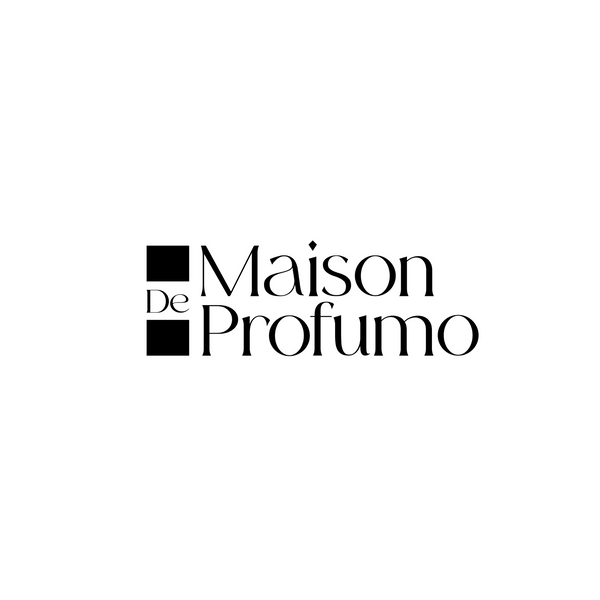Introduction
In the competitive world of perfumery, creating a unique and memorable fragrance is only part of the equation. Equally crucial is the ability to craft a compelling brand story that resonates with consumers on an emotional level. A strong brand story can transform a fragrance line from a mere product into an evocative experience, fostering loyalty and differentiation in the marketplace.
The Importance of a Brand Story in Perfumery

Building Emotional Connections
- Humanizing the Brand: A well-crafted brand story humanizes the fragrance line, making it relatable and engaging for consumers.
- Creating Memories: Scents are powerful triggers of memory and emotion. A brand story that ties a fragrance to specific emotions or experiences can create lasting impressions.
Differentiation in a Crowded Market
- Unique Identity: A distinctive brand story sets your fragrance line apart from competitors, highlighting what makes it unique.
- Consistent Messaging: A strong narrative ensures consistent messaging across all marketing channels, reinforcing brand identity and values.
Key Elements of a Strong Brand Story

Origin and Heritage
- Founder's Vision: Share the inspiration and vision behind the creation of the fragrance line.
- Cultural Roots: Highlight any cultural or historical elements that influence the brand's identity.
Brand Values and Philosophy
- Core Values: Define the core values that guide the brand, such as sustainability, luxury, or innovation.
- Mission Statement: A clear mission statement that reflects the brand's purpose and goals.
Craftsmanship and Quality
- Artisan Techniques: Detail the craftsmanship and techniques used in creating the fragrances.
- Ingredient Sourcing: Emphasize the quality and origin of the ingredients used.
Consumer Testimonials and Experiences
- User Stories: Share testimonials and stories from consumers who have had positive experiences with the fragrance.
- Community Engagement: Highlight any community or social initiatives the brand is involved in.
Crafting Your Brand Story: A Step-by-Step Guide
1. Define Your Brand's Core Values and Mission
- Identify Key Values: Determine the fundamental values that define your brand.
- Craft a Mission Statement: Develop a clear and concise mission statement that encapsulates your brand's purpose.
2. Research and Highlight Your Brand's Heritage
- Founder's Background: Explore the founder's background and what inspired the creation of the fragrance line.
- Cultural Influences: Identify any cultural or historical influences that shape your brand.
3. Emphasize Craftsmanship and Quality
- Production Techniques: Detail the techniques and processes used in crafting your fragrances.
- Ingredient Origins: Highlight the sources and quality of the ingredients used.
4. Collect and Share Consumer Stories
- Gather Testimonials: Collect testimonials from satisfied customers.
- Share Experiences: Use these stories to illustrate the impact of your fragrances on consumers' lives.
Tables and Bullet Points for Enhanced Readability
Core Elements of a Brand Story
| Element | Description |
|---|---|
| Origin and Heritage | Founder's vision, cultural roots |
| Brand Values and Philosophy | Core values, mission statement |
| Craftsmanship and Quality | Artisan techniques, ingredient sourcing |
| Consumer Testimonials | User stories, community engagement |
Steps to Crafting a Brand Story
-
Define Core Values and Mission
- Identify key values.
- Craft a mission statement.
-
Research Brand Heritage
- Explore founder's background.
- Identify cultural influences.
-
Emphasize Craftsmanship
- Detail production techniques.
- Highlight ingredient origins.
-
Collect Consumer Stories
- Gather testimonials.
- Share experiences.
Case Studies: Successful Fragrance Brand Stories
Le Labo
- Handcrafted Approach: Le Labo emphasizes its handcrafted approach to perfumery, with each fragrance being freshly blended and hand-labeled in-store.
- Local Sourcing: The brand highlights its commitment to using high-quality, sustainably sourced ingredients.
- Personalization: Le Labo’s narrative centers on personalization and craftsmanship, creating a unique story for each customer.
Byredo
- Artistic Vision: Byredo's brand story is rooted in the founder's artistic vision, blending memories and cultural experiences into each fragrance.
- Minimalist Aesthetic: The brand’s minimalist aesthetic and focus on storytelling through scent set it apart in the market.
- Cultural Influences: Byredo often draws on diverse cultural influences, making its brand story rich and multifaceted.
Jo Malone
- British Heritage: Jo Malone’s brand story is steeped in British heritage and elegance.
- Nature-Inspired: The brand emphasizes its nature-inspired scents and the use of high-quality, natural ingredients.
- Layering Concept: Jo Malone promotes the concept of fragrance layering, allowing customers to create their unique scent combinations.
Conclusion
A strong brand story is an invaluable asset for any fragrance line, offering a powerful way to connect with consumers and differentiate in a competitive market. By highlighting the origin, values, craftsmanship, and consumer experiences, a brand story can elevate a fragrance line from a mere product to a cherished experience.
Developing and consistently communicating this narrative across all channels will not only attract customers but also foster loyalty and long-term engagement.
